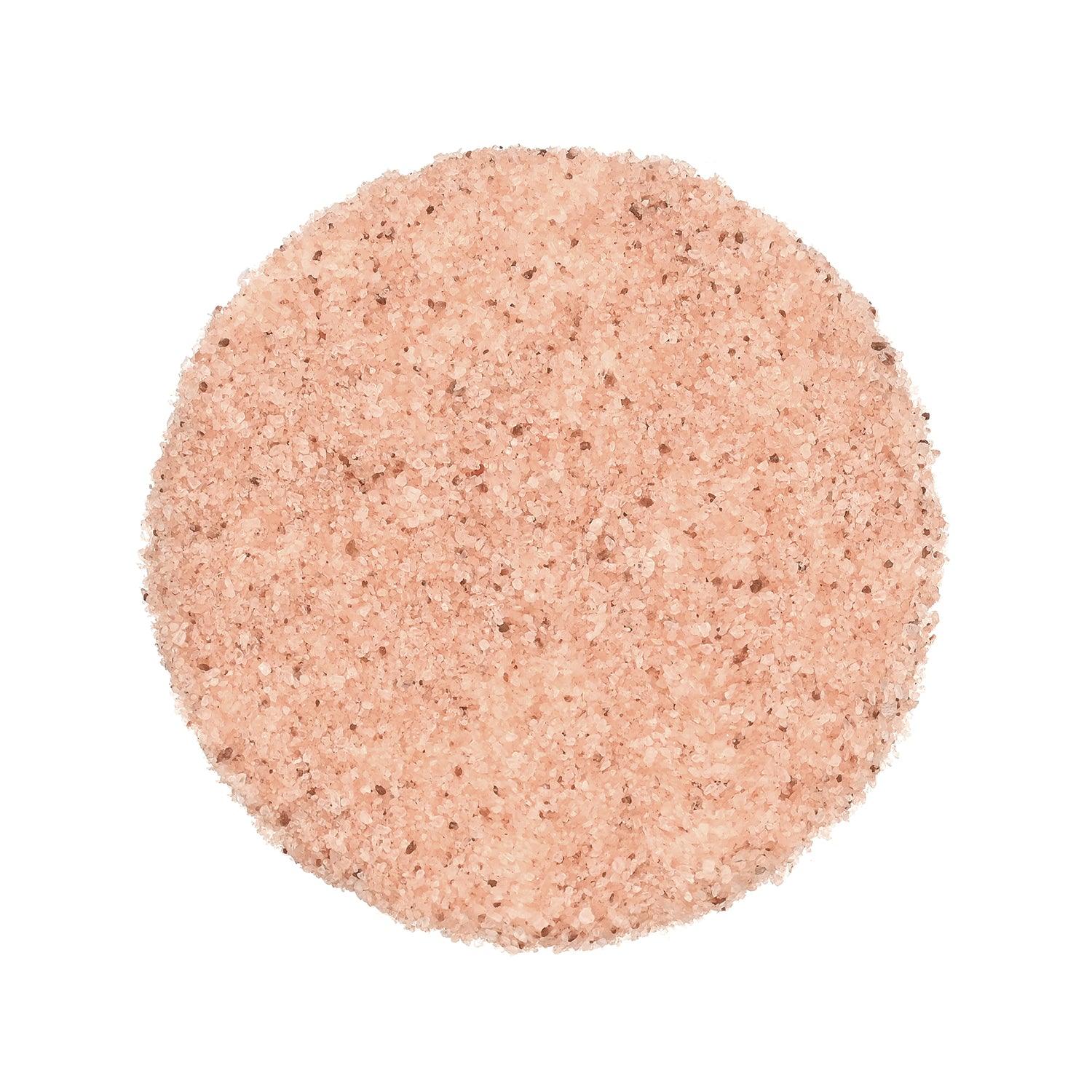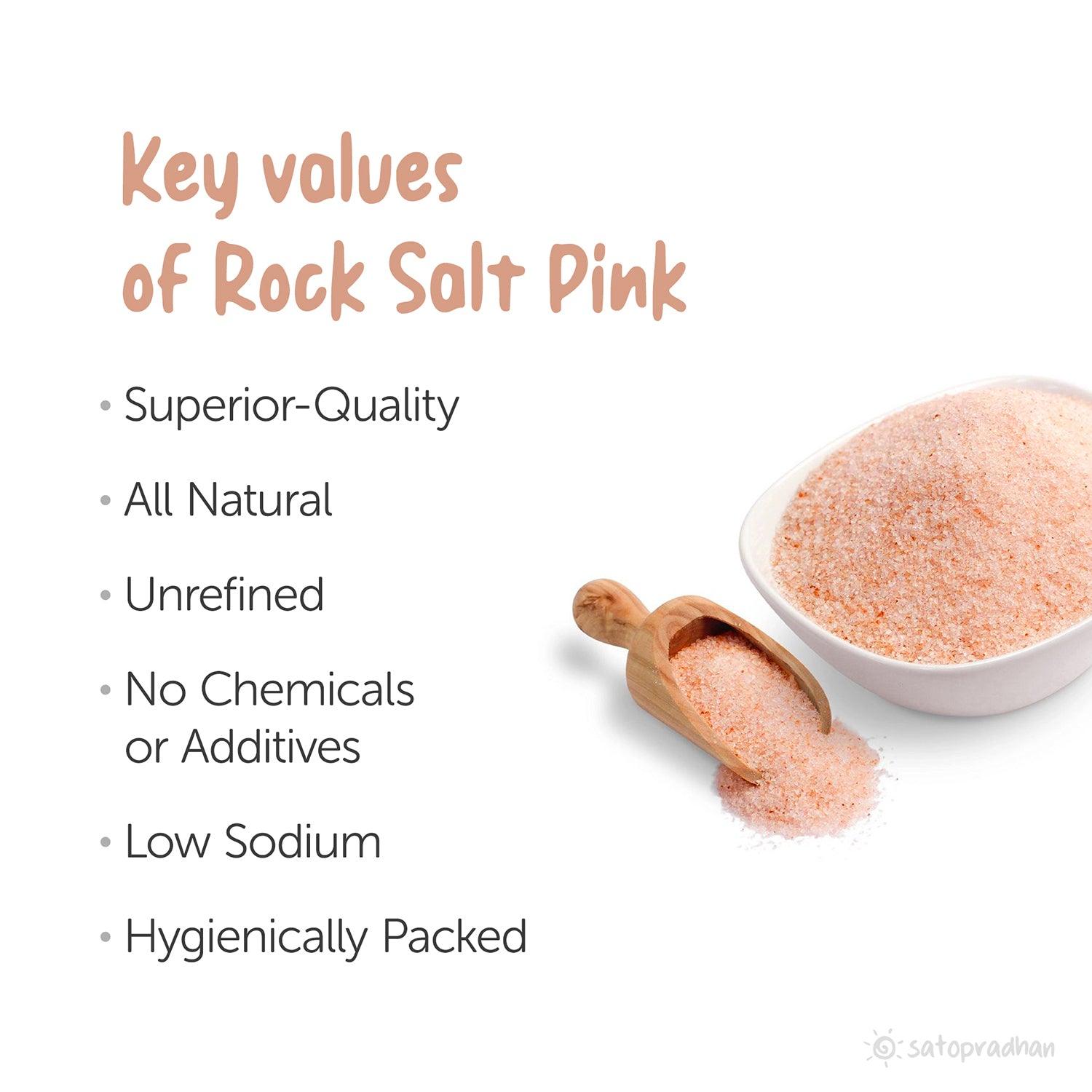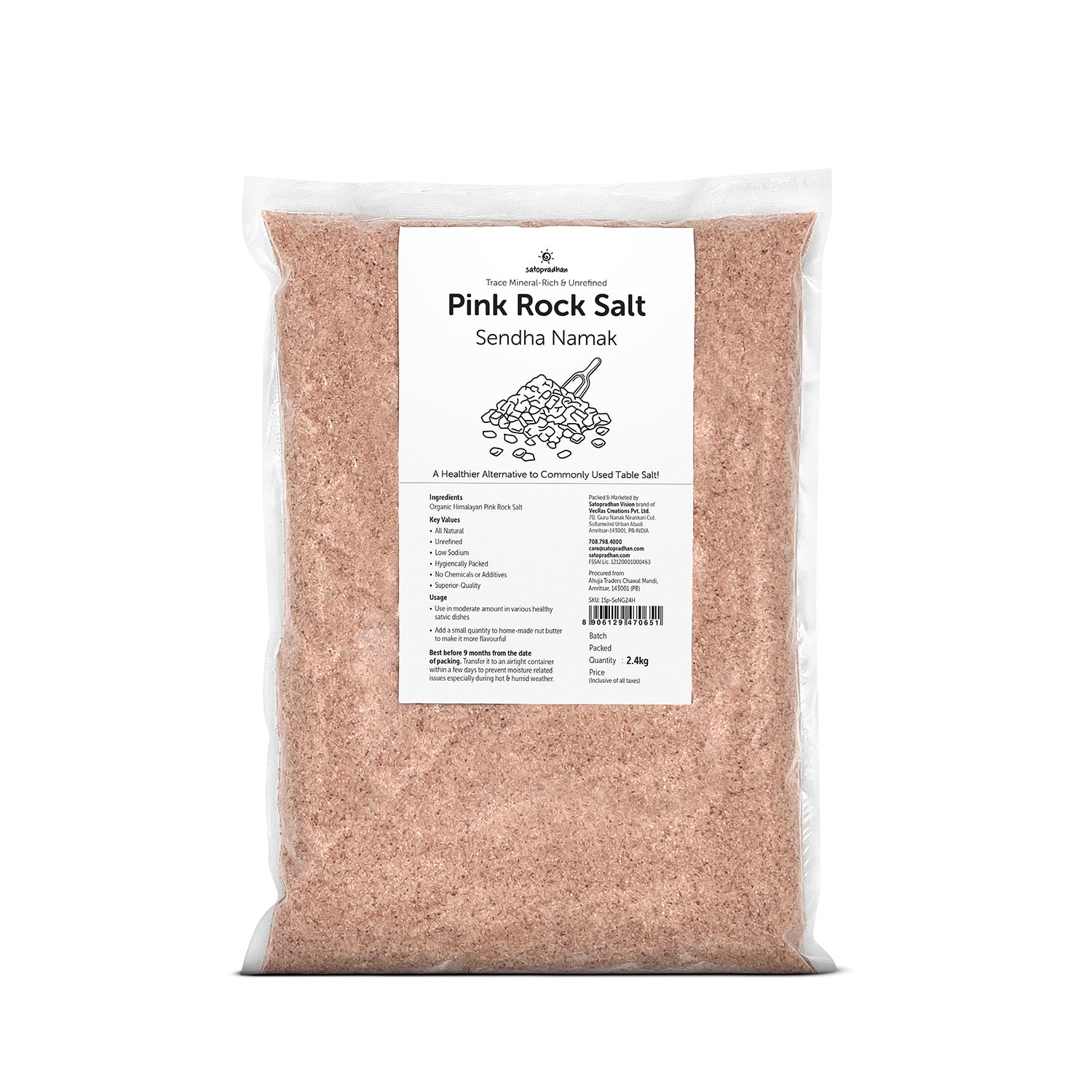



Pink Rock Salt 2.4Kg - 100% Natural & Pure Himalayan Gulabi Sendha Namak - Unadulterated
Ingredients
Organic Himalayan Rock Salt Pink
Origin: Bharat
Key Values
- Superior-Quality
- All Natural
- Unrefined
- Low Sodium
- Hygienically Packed
- No Chemicals or Additives
Usage
- Use in moderate amount in various healthy satvic dishes
- Add a small quantity to home-made nut butter to make it more flavourful
Storage
Store in an air-tight container, away from moisture & direct sunlight.
Shelf Life
9 months from the date of packaging.
Packed On
July 2025
Batch No
25182
No articles available at the moment.
No Videos available at the moment.
Himalayan Pink salt is a type of rock salt mined from the Punjab region of Pakistan, near the Himalayas. Small stone particles in Himalayan Pink salt are considered normal and can be attributed to how the salt is harvested and processed.
When the salt is mined, it is extracted from large salt deposits within the earth. These deposits can contain various impurities, including small rock particles. After mining, the salt is typically washed to remove dirt and other impurities. However, it is challenging to eliminate all the stone particles during this process due to their similar size and density to the salt crystals.
Also, Himalayan Pink salt is often minimally processed, so it is not subjected to heavy industrial refining methods. This minimal processing helps to preserve the natural minerals and trace elements present in the salt. However, it also means some stone particles may remain in the final product.
The presence of stone particles in Himalayan Pink salt is generally considered harmless and does not affect the quality or taste of the salt. Some people believe that the presence of these particles adds authenticity and character to the salt. If you find the stone particles an issue, you can always sieve the salt before using it to remove any larger particles.
We suggest you avoid any salt or seasoning that may contain added potassium, including potassium chloride, which is sometimes used as a salt substitute in this condition. Himalayan pink salt contains trace amounts of potassium, which can contribute to higher potassium intake. While the potassium content in Himalayan pink salt is relatively low compared to other foods, it's still advisable for individuals with hyperkalemia to minimise their potassium intake as much as possible.
It's typically recommended to use salts that are pure sodium chloride (table salt) and do not contain added potassium chloride or potassium-based additives. These salts do not contribute to potassium intake and can help maintain potassium levels within safe limits.
Please note this is based on our limited knowledge and research; we suggest you consult a healthcare professional before deciding.
Usually, there is no risk of iodine deficiency while following a satvic diet. Still, there can be chances of developing iodine deficiency if it's already low in your diet, for example, if you are not consuming enough fruits and vegetables required in a satvic diet. In that case, we suggest you mix both salts. Pink salt, specifically Himalayan, is often chosen for reasons other than iodine content. It contains small amounts of trace minerals not found in regular table salt. These include potassium, magnesium, calcium, and other minerals. Moreover, it is unrefined and unprocessed. You can also consult with a healthcare professional or a registered dietitian to ensure you get an adequate amount of iodine.
This can be a result of our salt's unprocessed nature. Our salt is directly sourced from the Himalayan rocks and undergoes only grinding without any additional processing. It results from how the salt forms over time in mineral-rich deposits. These natural formations create irregular shapes and sizes that contribute to the texture.
Due to the natural origin of the rocks, there can be variations in the levels of certain natural elements. As a result, the elements you've observed might not dissolve as smoothly as desired.



